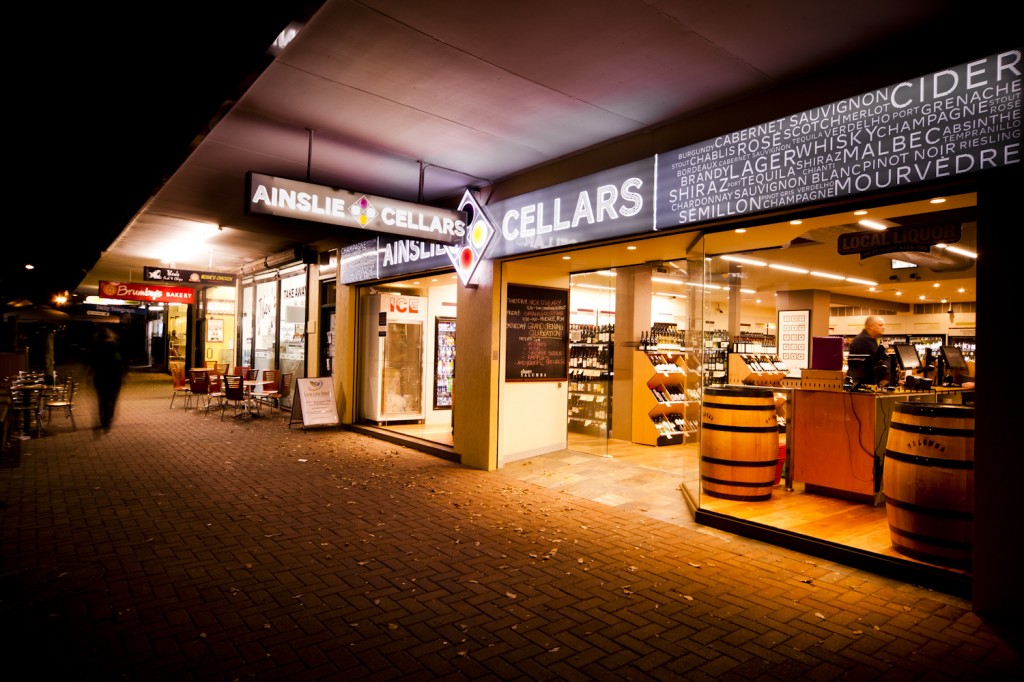The once modestly priced Penfolds bin wines remain the foundation of many Australian cellars. Collectively, they underpin Australia’s wine auction system. And though the wines appear out of favour with many critics, the ripe, bold, multi-layered, oak-influenced style developed by Max Schubert in the 1950s continues to appeal to many drinkers.
But though they sell well and in volume at auction, the gap between retail and auction prices should alarm anyone viewing the wines as investments. I’ve raised this point several times in past columns, but if you’re after mature Penfolds reds, then you’re likely to find them at auction at substantially lower prices than the current releases.
That’s partly because sellers bought the wines at lower prices in the past, meaning that even if they’re at an apparent discount, the seller might still be in front. But the gap between current auction prices of recent vintages and retail pricing of this year’s releases, raises serious doubts the wine could ever give a return to buyers.
The wines are distinctive, brilliant and, with the exception of the drink-now Bin 23 Pinot Noir, built for long-term cellaring. But to illustrate the price risk, I’ve included Langton’s Auction’s most recent price for each style. The price is my estimated net cost to the buyer after adding buyer’s premium and GST to the hammer price.
Penfolds Bin 23 Adelaide Hills Pinot Noir 2011 $32–$40
Last auction sale: $28.75, 2009 vintage, 2012
A satisfying pinot, albeit a little off the Penfolds beaten path. The teasing, stalky character reveals whole-bunch fermentation – mainstream for pinot makers. But the chewy, tough-edged tannins seemed a world away from the highly polished Penfolds style. The cloudiness, too, zigged away from the normal pristine purity. An email to winemaker Peter Gago drew the immediate response, “The P/Noirs made at Magill are all cold-soaked, naturally fermented, and spend their maturation in barrique on lees … almost always bottled unfiltered, never fined. The cost of this ‘hands-off’, flavour-retentive approach is occasional turbidity”. I would call it cloudy but fine – a delicious drinking experience.
Penfolds Bin 138 Barossa Valley Grenache Shiraz Mourvedre 2010 $29.45–38
Last auction sale: $25.30, 2008 vintage, 2012
Grenache reveals itself in the bright, fruity aroma and buoyant palate, shiraz in the flesh and richness, and mourvedre in the spiciness and assertive tannins. It’s a generous, earthy and graceful wine with good cellaring potential.
Penfolds Bin 128 Coonawarra Shiraz 2010 $29.45–$38
Last auction sale: $20.70, 2009 vintage, 2012
An exceptionally fragrant, silky and soft Bin 128, featuring, deep, concentrated, sweet berry flavours and layers of juicy fruit and oak tannins. The Coonawarra elegance will reveal itself increasingly as the wine ages. Classy.
Penfolds Bin 28 Kalimna Shiraz 2009 $29.45–$38
Last auction sale: $24.15, 2008 vintage, 2012
A burlier shiraz than Bin 128, Bin 28 reveals rich, round ripe-cherry varietal flavours – a big mouthful of earthy shiraz supported by equally robust tannins. Should cellar well for a decade or two.
Penfolds Bin 150 Marananga Barossa Valley Shiraz 2009 $57–$75
Last auction sale: $90.85, 2008 vintage, 2012
Marananga, towards the western side of the Barossa, produces powerful shiraz, often making the grade for Grange. The quality of shiraz from the area prompted large-scale vineyard expansion there in the nineties, opening the way for Penfolds to produce a sub-regional wine, Bin 150, in 2008. The second vintage, matured in both French and American oak, is a powerful but graceful Barossa shiraz. The oak and fruit work beautifully together, the fruit always at the centre but enriched by the oak flavour and tannins. Note the healthy auction price for the only other vintage of Bin 150. Watch this wine.
Penfolds Bin 407 Cabernet Sauvignon 2009 $50.35–$65
Last auction sale: $36.80, 2009 vintage, 2012
Consistently since its introduction 1990, Bin 407 has represented the pure, ripe varietal flavour of cool-climate cabernet sauvignon – with the Penfolds stamp of firm structure, layers of fruit and tannin and a definite oak influence. It’s a multi-regional blend, usually based on material from South Australia’s Limestone Coast, particularly Coonawarra.
Penfolds Bin 389 Cabernet Shiraz 2009 $56.99–$75
Last auction price: $47.15, 2008 vintage, 2012
Cabernet reveals itself in the aroma, flavour and elegant, firm structure. But shiraz shows its face, too, adding generosity to the palate. Neither variety dominates the powerful blend, with its layers of fruit, tannin and oak – a unique, potentially very long-lived wine, revealing nature in its beautiful grape flavours, and human ingenuity in the complex assembly of so many flavour and structural elements.
Copyright © Chris Shanahan 2012
First published 4 July 2012 in The Canberra Times and other Fairfax only publications.
